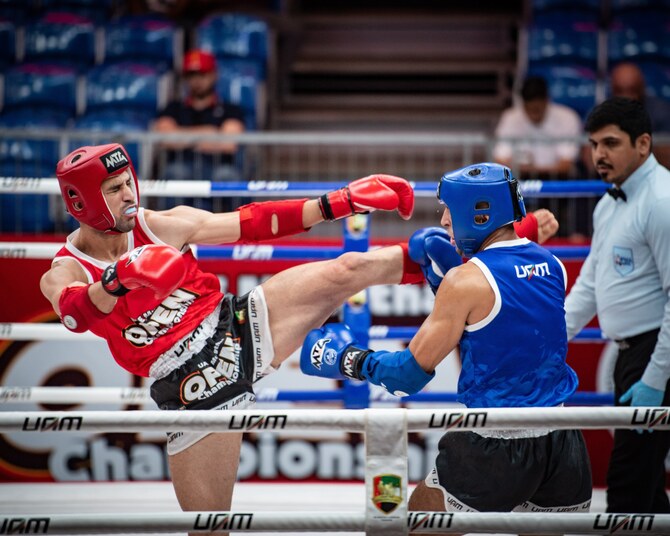The final match of the Super 3 stage of the ICC Asia Women’s T20 Qualifier for the 2026 World Cup saw Thailand face Nepal on May 20th in Bangkok. Both teams had already progressed to the ICC Women’s T20 World Cup Global Qualifier by virtue of defeating the UAE in the Super Three stage. Therefore, the prize was to become overall winners of the tournament.
Prior to the match, Indu Barma, the captain of Nepal, talked of Nepal’s long journey, stretching back 17 years. She noted that reaching the Global Qualifier will represent their first time of playing on the world stage.
In December 2008, Nepal played in the Asia Cricket Council’s (ACC) U19 Women’s Championship held in Chiang Mai, where the team won every match, including victories over Thailand in the semifinals and Malaysia in the final. It looked as though Nepal was about to dominate associate women’s cricket in Asia.
It was not to be, largely because Thailand won the 2013 ACC Women’s Championship in Chiang Mai, thereby qualifying for the Global Qualifier for the first time, traveling to Ireland later that year. Since then, Thailand has played in each Qualifier, even making it to the T20 World Cup held in Australia in 2020.
Over that time, the UAE has made steady progress, reaching three global qualifiers. Defeats to both Thailand and Nepal in Bangkok have put an end to hopes of a reaching fourth and is a real setback for them. They were well beaten in both matches of the Super 3.
In the first match, Thailand scored 144 for 5 in 20 overs. Nattaya Boochatham laid the base with a patient 49, whilst Natthakan Chantham hit powerfully to post an unbeaten 46 from 20 balls. Nannapat Khonchaeronkai gave further impetus to the innings with 39, Thailand scored 98 in the second half of the innings.
UAE lost wickets from the start, falling to 39 for four in the ninth over. Heena Hotchandani’s 32 took UAE to 90 for 5 in 20 overs, 54 runs short, as Thipatcha Putthawong claimed 2 for 27.
In the second match, the following day, Nepal asked UAE to bat first. Esha Oza made sure UAE preserved their wickets in the first half of the innings, a sound strategy at this level, but she was out at the crucial time for a run a ball thirty-nine, as left-arm spinner, Manisha Upadhayay, took the first of her four wickets.
A total of 114 for 7 looked to be a little light, especially as the UAE’s bowlers fought hard to reduce Nepal to 62 for 4 in the 13th over. Then, Rubina Chhetry, who has played throughout the last seventeen years, joined the current captain, Indu Barna. In a determined partnership, as rain threatened to fall, their experience guided Nepal to 99 for six, when Chhetry was out. It was left to Barma to guide the team to a five-wicket win with only three deliveries to spare.
Nepal’s delight was the UAE’s heartbreak. The only question which remained in the tournament was could Nepal also beat the powerful Thailand side that had been dominant for the past decade and more?
Nattaya Boochatham has been one of the players at the heart of Thailand’s success with both bat and ball. Younger players, such as her opening partner, Aphisara Suwanchonrathi, are being introduced. She helped Thailand reach 34 in the powerplay as they again tried to establish a solid base. It was not until the thirteenth over that Aphisara was out for 29 in an opening partnership of 75.
Boochatham reached her second fifty in T20Is from 40 balls and Nannapat Khoncharoenkai started well as Thailand were 98 for 1 off fifteen overs. Khonchcharoenkai hit a trio of boundaries before Boochatham was caught at deep mid-wicket, Thailand losing a second wicket on 111.
Twelve runs were added in the 17th and 18th overs. Khoncharoenkai hit another pair of boundaries in the 19th over to move on to 48 and, after Natthakan Chantam hit two fours, Khoncharoenkai reached her seventh T20I fifty in 28 balls. The final total was 158 for 2, which is Thailand’s third best in T20Is.
Although eleven runs were scored off the first over, Nepal never got to grips with the chase, falling to 16 for 2 after four overs. This situation worsened when Onnicha Kamchomphu bowled the Nepal captain, Indu Barna. A score of 30 for three became 34 for four and 54 for five after fifteen overs. In the nineteenth over, Kamchomphu broke the back of Nepal’s innings with a hat-trick, culminating in impressive figures of four for eleven in four overs. Despite resistance from Rubina Chhetry, Nepal scored only 80 for the loss of nine wickets after 20 overs.
Throughout the tournament Thailand reasserted its superiority. Nannapat Khoncharoenkai was named player of the match for her brilliant fifty and she also won the player of the tournament award. Thiphatcha Putthawong was given the bowler of the tournament award with eight wickets and Esha Osha was awarded the batter of the tournament award with 175 runs.
Osha was disappointed with her dismissal in the match against Nepal, as a few more runs scored by the UAE may have been too many for Nepal to chase successfully. She felt the loss to Nepal had wasted two years of cricket for the UAE. This is likely to be only a temporary setback. Nepal’s never give up attitude should be a lesson to all.
UAE will have ODI cricket to look forward to for the first time. The countries ranked between twelve and sixteen at this level in the world rankings all want to play 50-over cricket and the UAE will have further opportunities to play more competitive T20 cricket as well. Osha is a fine player at this level and should be able to lead UAE to renewed success in women’s cricket. There is much to look forward to for each of the Super 3 teams.




























